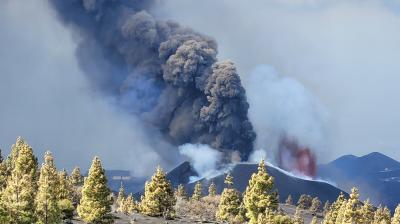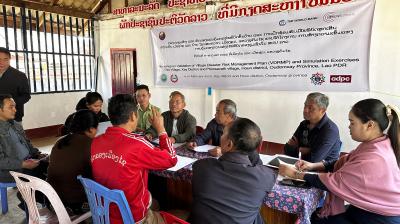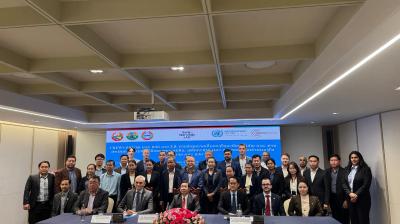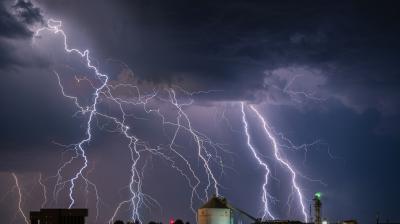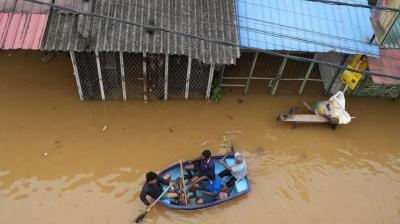Global Drought Hotspots report highlights human and economic impacts
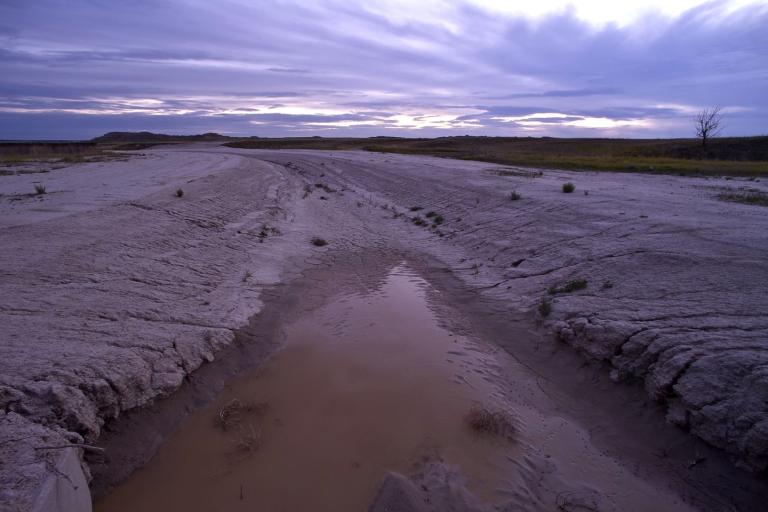
Drought Hotspots Around the World 2023-2025 provides a comprehensive account of how droughts compound poverty, hunger, energy insecurity, and ecosystem collapse.
It was prepared by the U.S. National Drought Mitigation Center (NDMC) and the UN Convention to Combat Desertification (UNCCD), with support from the International Drought Resilience Alliance (IDRA).
WMO is an active partner in IDRA and – together with the Global Water Partnership – operates the Integrated Drought Management Programme to support policy-making. WMO has long advocated forward-looking proactive drought policies rather than the current reactive, crisis-driven approach. The UNCCD and NDMC are longstanding partners of the IDMP along with 45 other partner organizations. At the same time, it is working to strengthen drought monitoring and early warnings through the Early Warnings For All initiative.
“Drought is a silent killer. It creeps in, drains resources, and devastates lives in slow motion. Its scars run deep,” says UNCCD Executive Secretary Ibrahim Thiaw.
“This is not a dry spell,” says Dr. Mark Svoboda, report co-author and NDMC Director. "This is a slow-moving global catastrophe, the worst I've ever seen. This report underscores the need for systematic monitoring of how drought affects lives, livelihoods, and the health of the ecosystems that we all depend on."
Hotspots
The new report synthesizes information from hundreds of government, scientific and media sources to highlight impacts within the most acute drought hotspots. It shows how women and children are among the most vulnerable to impacts.
Africa
- Over 90 million people across Eastern and Southern Africa face acute hunger. Some areas have been enduring their worst ever recorded drought.
- Southern Africa, already drought-prone, was devastated with roughly 1/6th of the population (68 million) needing food aid in August 2024.
- In Ethiopia, Zimbabwe, Zambia, and Malawi, maize and wheat crops have failed repeatedly. In Zimbabwe alone, the 2024 corn crop was down 70% year on year, and maize prices doubled while 9,000 cattle died of thirst and starvation.
- In Somalia, the government estimated 43,000 people died in 2022 alone due to drought-linked hunger. As of early 2025, 4.4 million people – a quarter of the population – face crisis-level food insecurity, including 784,000 expected to reach emergency levels.
- Zambia suffered one of the world's worst energy crises as the Zambezi River in April 2024 plummeted to 20% of its long-term average. The country’s largest hydroelectric plant, the Kariba Dam, fell to 7% generation capacity, causing blackouts of up to 21 hours per day and shuttering hospitals, bakeries, and factories.
Mediterranean
- Spain: Water shortages hit agriculture, tourism, and domestic supply. By September 2023, two years of drought and record heat caused a 50% drop in Spain’s olive crop, causing its olive oil prices to double across the country.
- Morocco: The sheep population was 38% smaller in 2025 relative to 2016, prompting a royal plea to cancel traditional Eid sacrifices.
- Türkiye: Drought accelerated groundwater depletion, triggering sinkholes that present hazards to communities and their infrastructure while permanently reducing aquifer storage capacity.
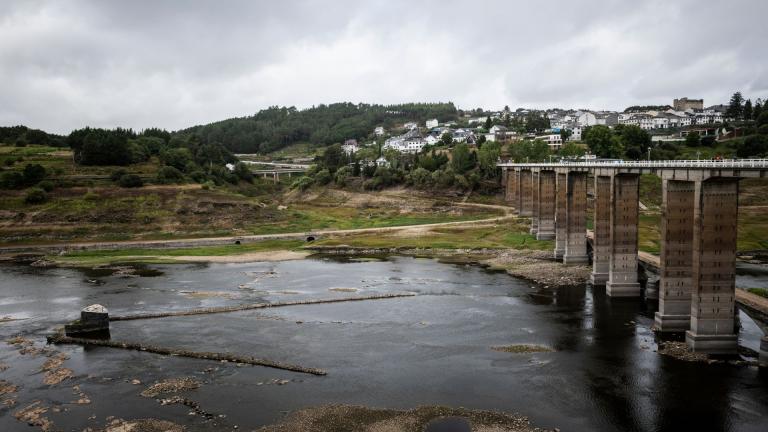
Latin America
- Amazon Basin: Record-low river levels in 2023 and 2024 led to mass deaths of fish and endangered dolphins, and disrupted drinking water and transport for hundreds of thousands. As deforestation and fires intensify, the Amazon risks transitioning from a carbon sink to a carbon source.
- Panama Canal: Water levels dropped so low that transits were slashed by over one-third (from 38 to 24 ships daily between October 2023 and January 2024), causing major global trade disruptions. Facing multi-week delays, many ships were rerouted to longer, costlier paths via the Suez Canal or South Africa’s infamous Cape of Good Hope. Among the knock-on effects, U.S. soybean exports slowed, and UK grocery stores reported shortages and rising prices of fruits and vegetables.
Southeast Asia
- Drought disrupted production and supply chains of key crops such as rice, coffee, and sugar. In 2023-2024, dry conditions in Thailand and India, for example, triggered shortages leading to a 8.9% increase in the price of sugar and sweets in the US.
Lessons and recommendations
The report calls for urgent investments in drought preparedness:
- Stronger early warning systems and real-time drought and drought impact monitoring, including conditions contributing to food and water insecurity.
- Nature-based solutions such as watershed restoration and indigenous crop use.
- Resilient infrastructure, including off-grid energy and alternative water supply technologies.
- Gender-responsive adaptation, ensuring that women and girls are not further marginalized.
- Global cooperation, especially in protecting transboundary river basins and trade routes.
Read the UNCCD press release here


